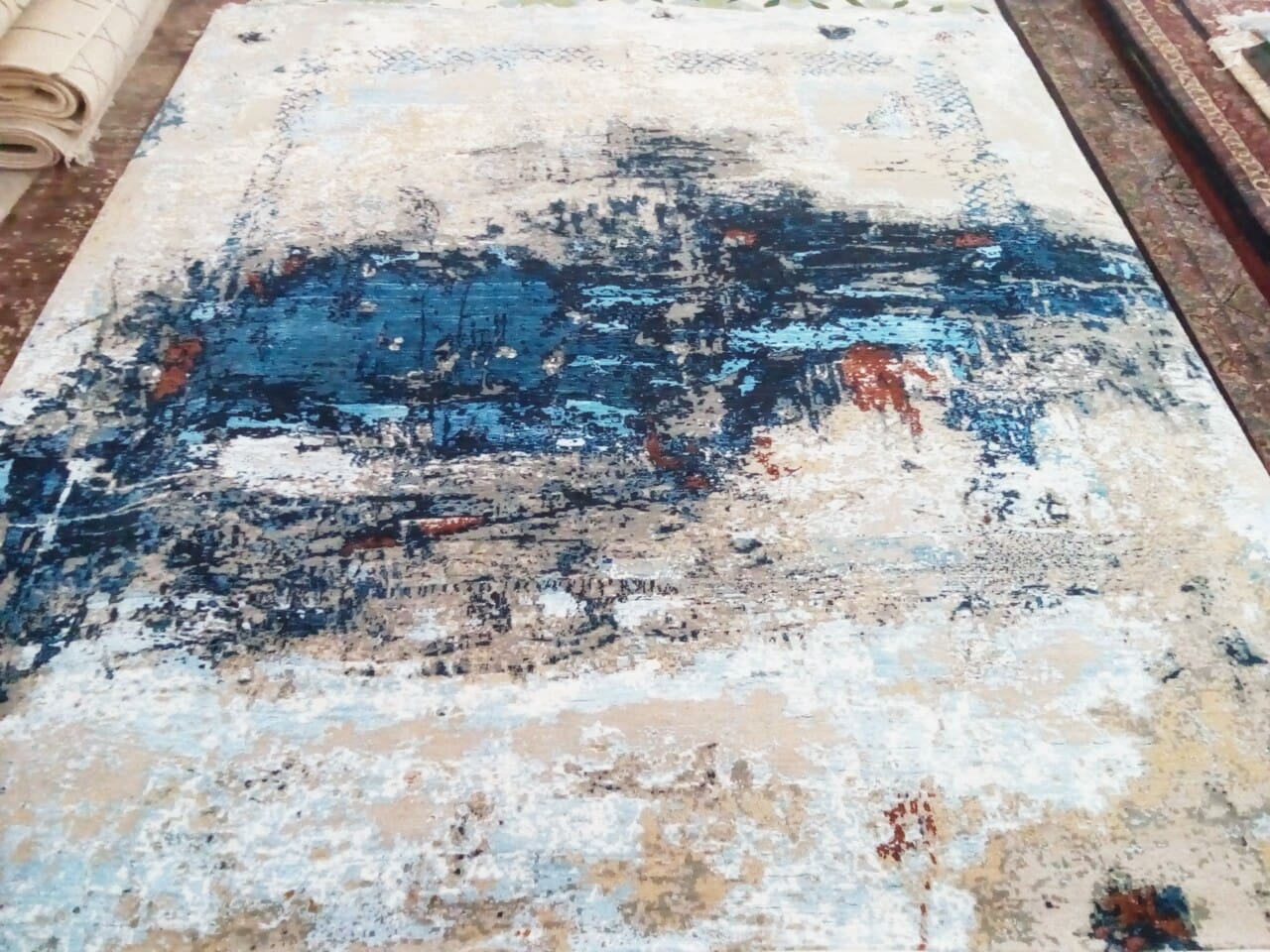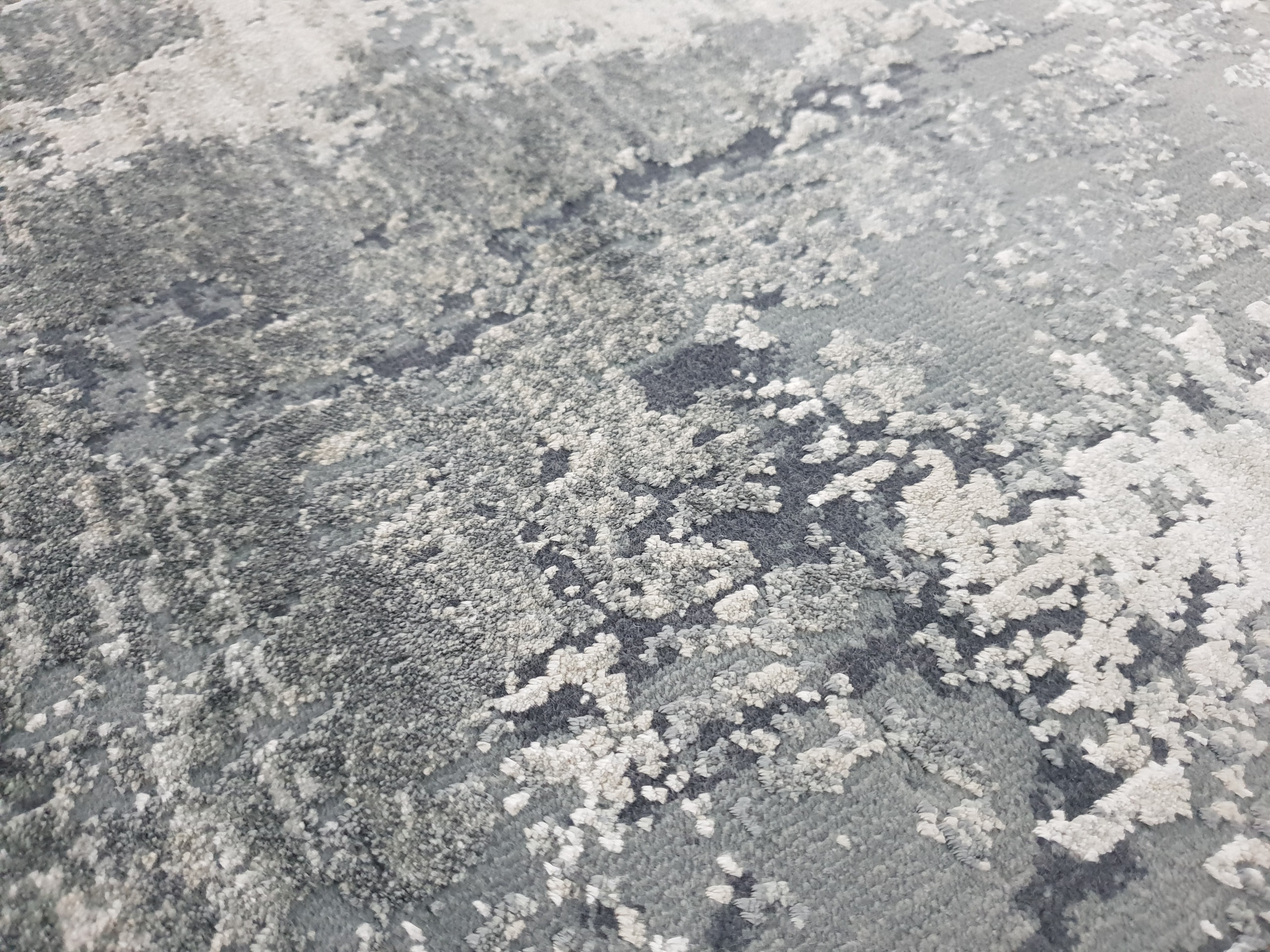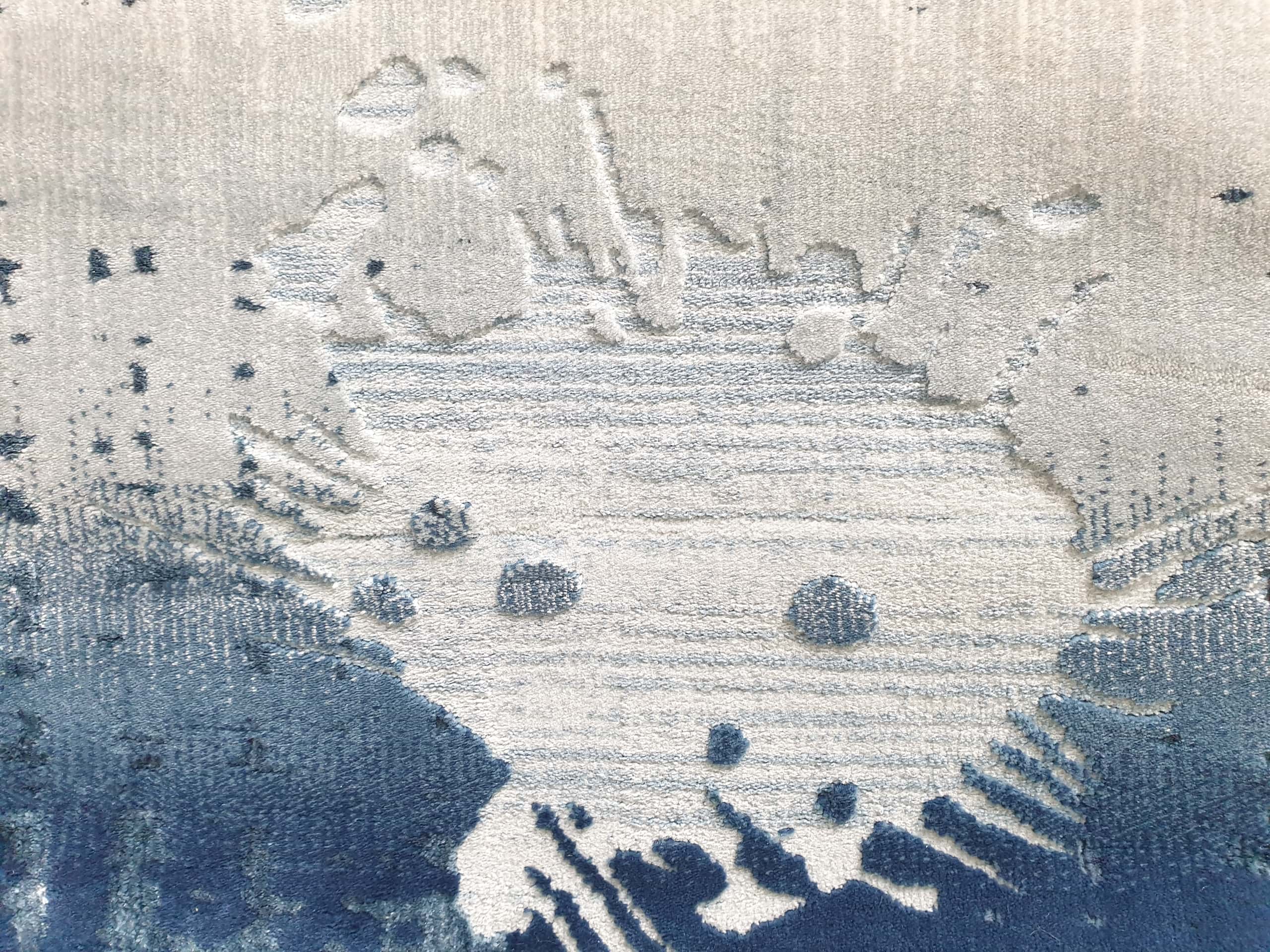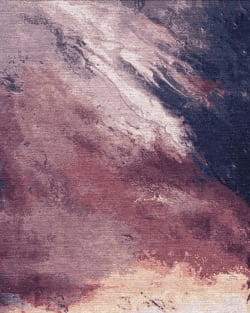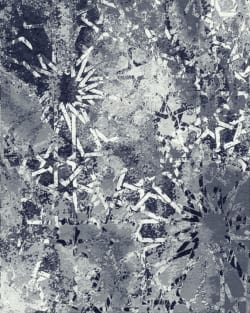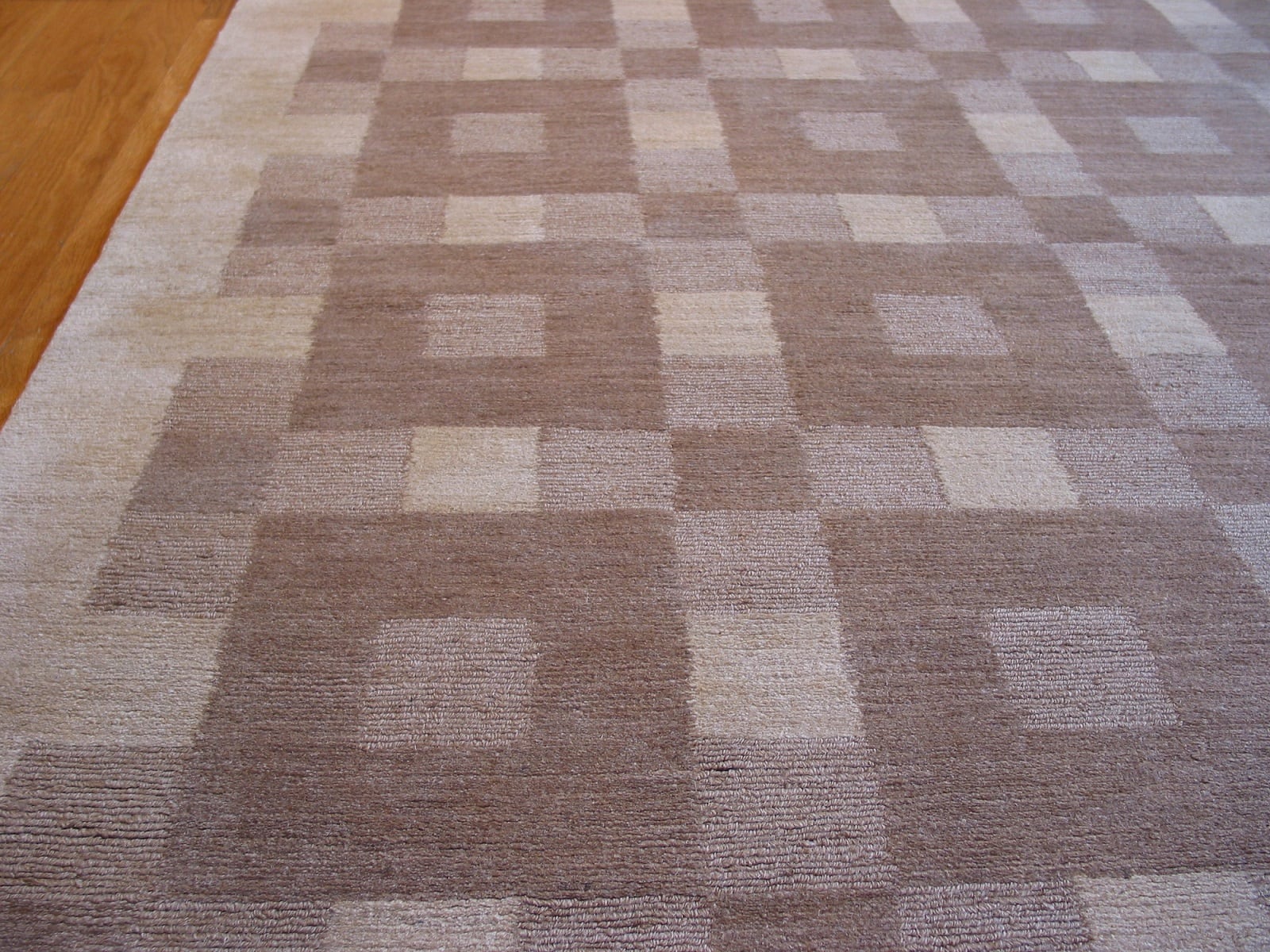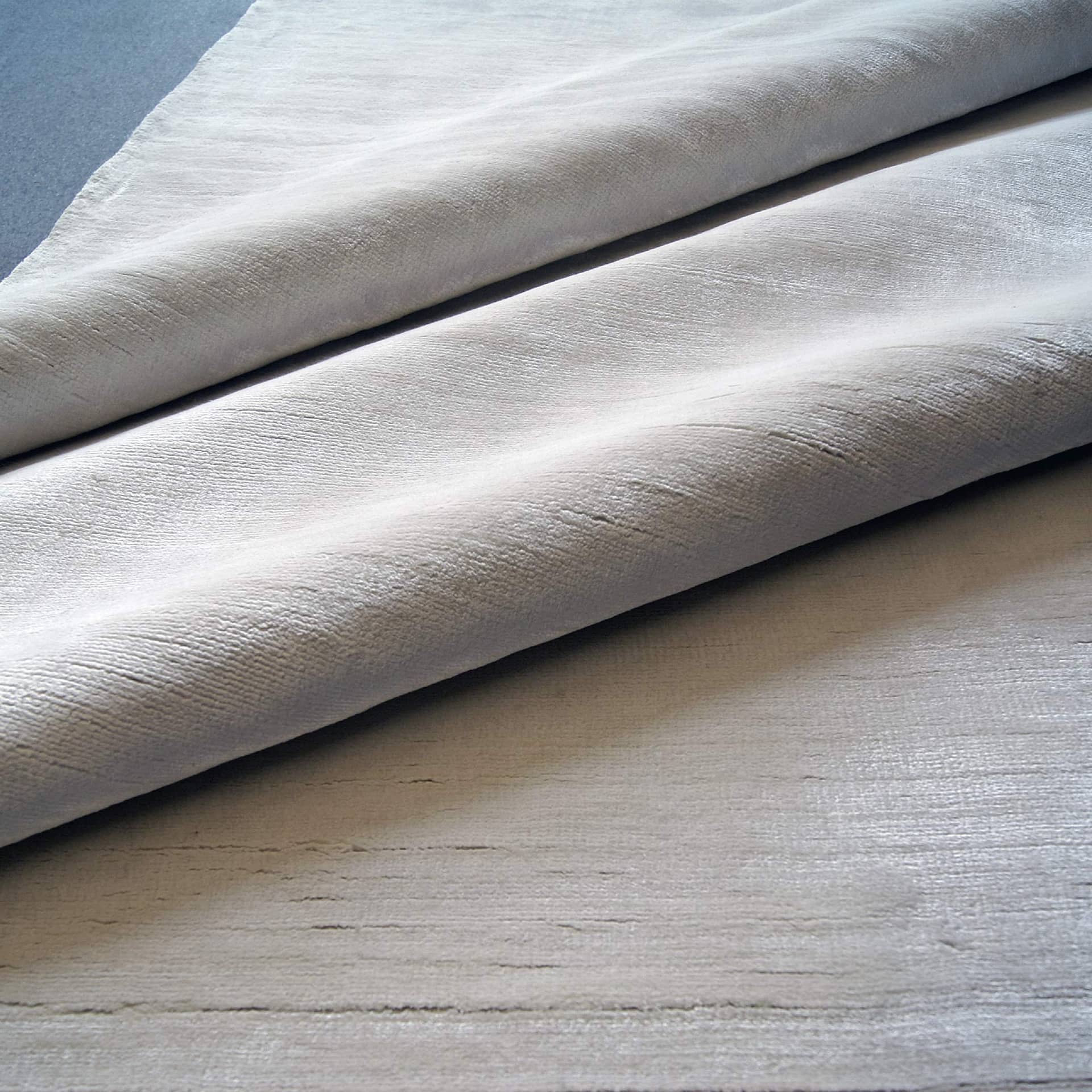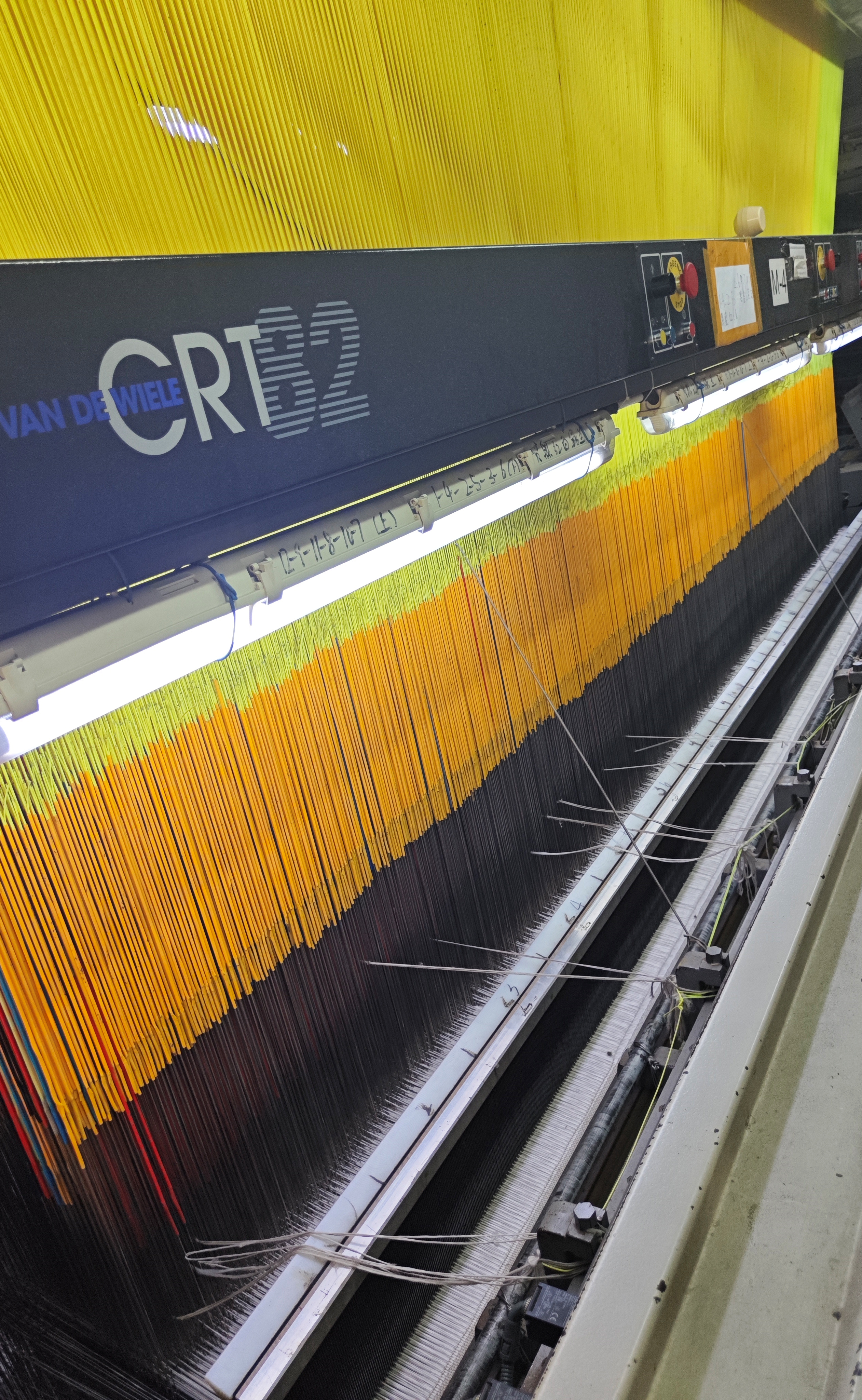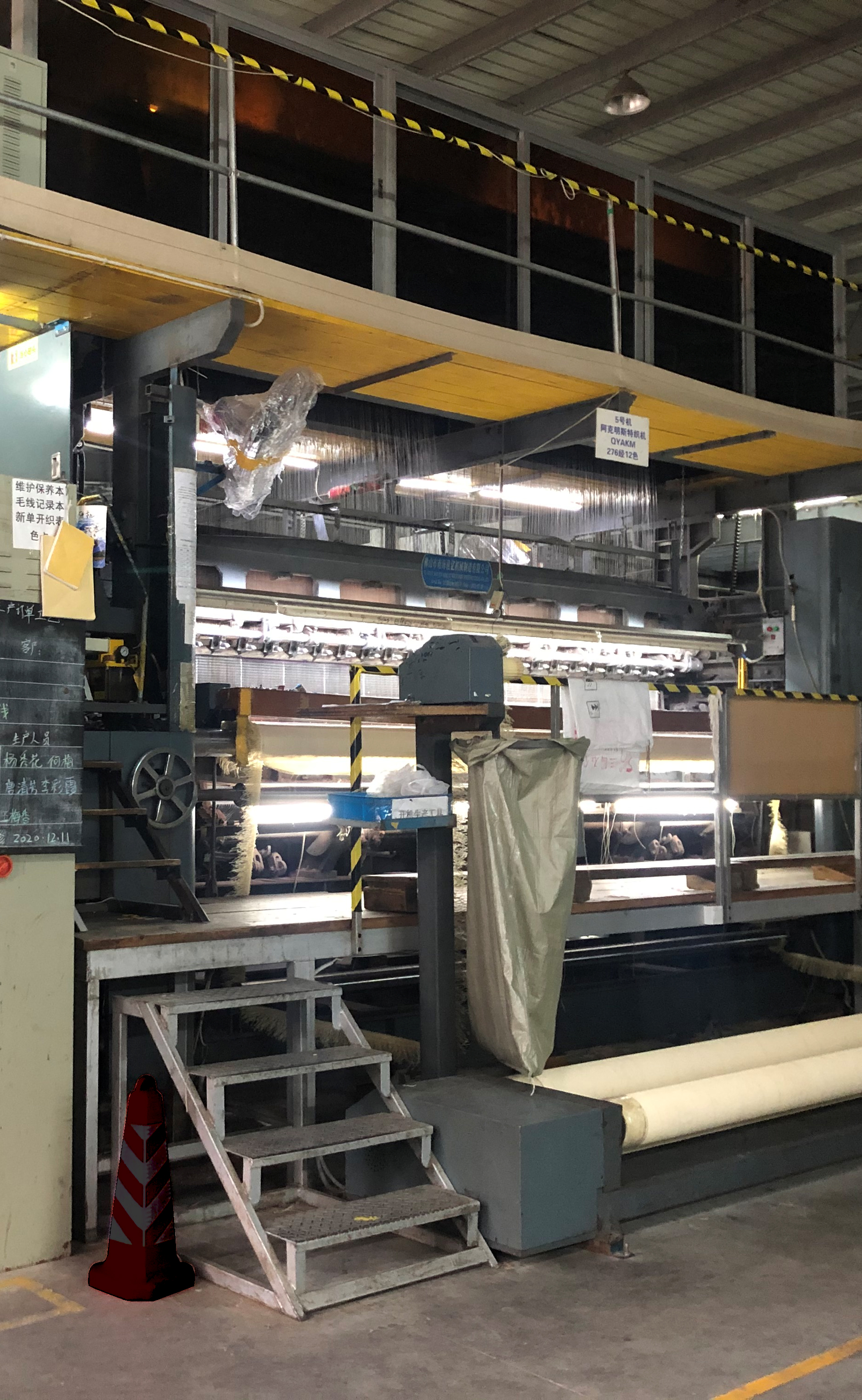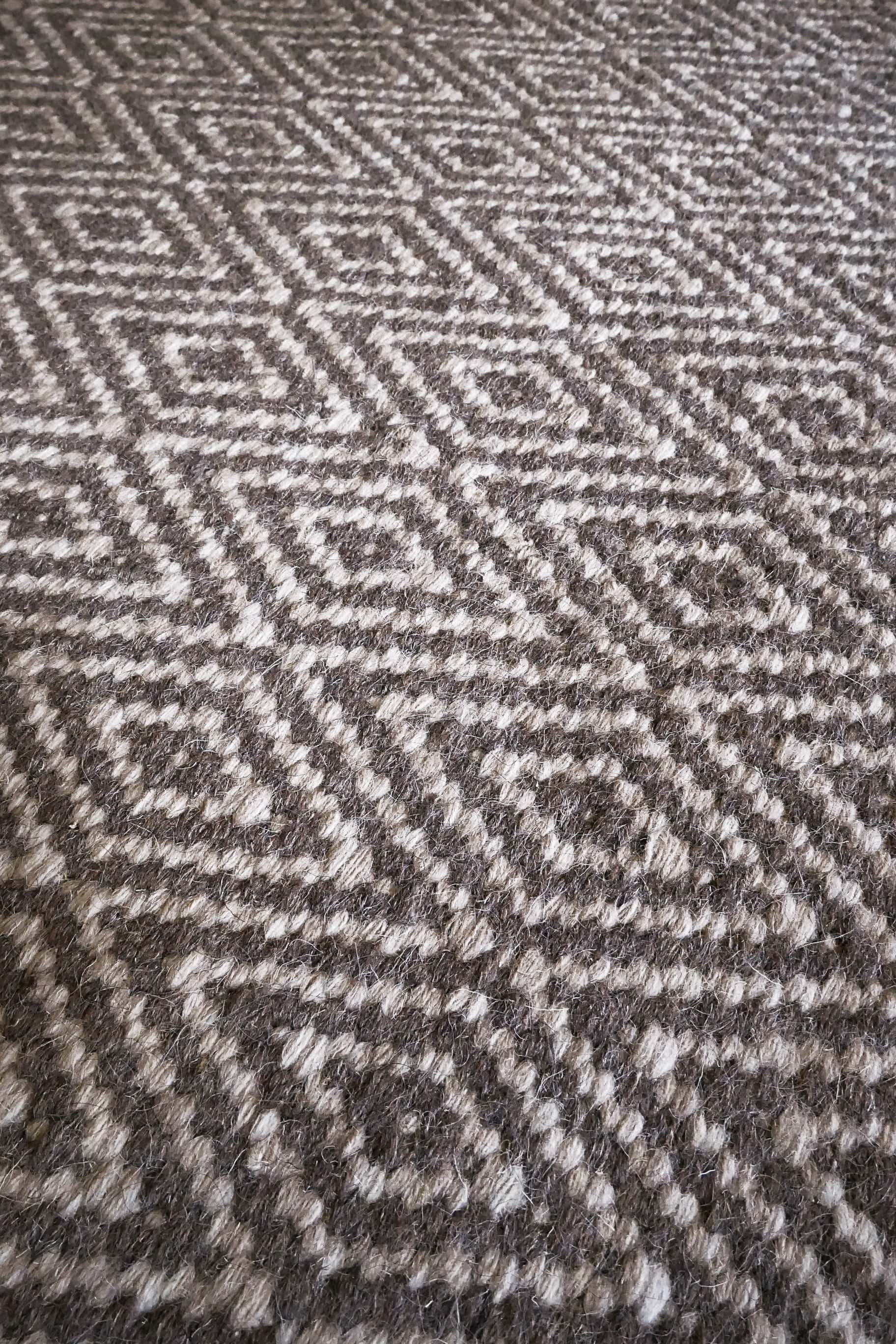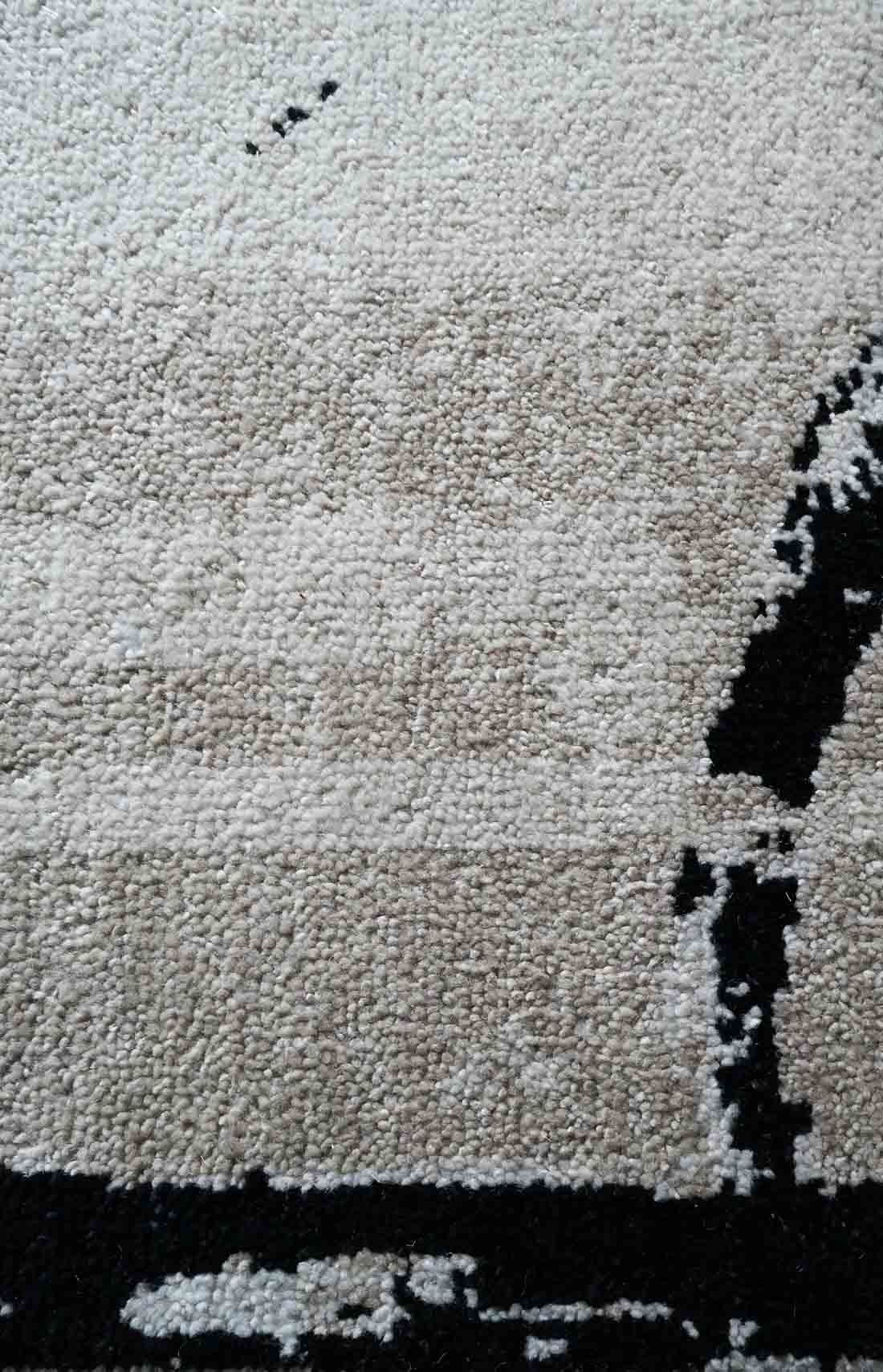The Tibetan
Knot
The warp threads (vertical) are stretched between two beams and the weavers, sitting side by side every 90 cm, patiently give birth to the rug knot after knot, row after row.
This technique consists of looping pile yarns around warp threads while a trapped metal rod is used to determine the thickness of the rug. The loops thus formed are left as they are or cut with a blade to open and become piles.
Weft threads (horizontal) are interwoven into the warp threads between each row of knots. This is how the carpet backing is built up and consolidated. The warp and weft threads are usually made of cotton. The vertical loom is also referred to as the High-wrap.
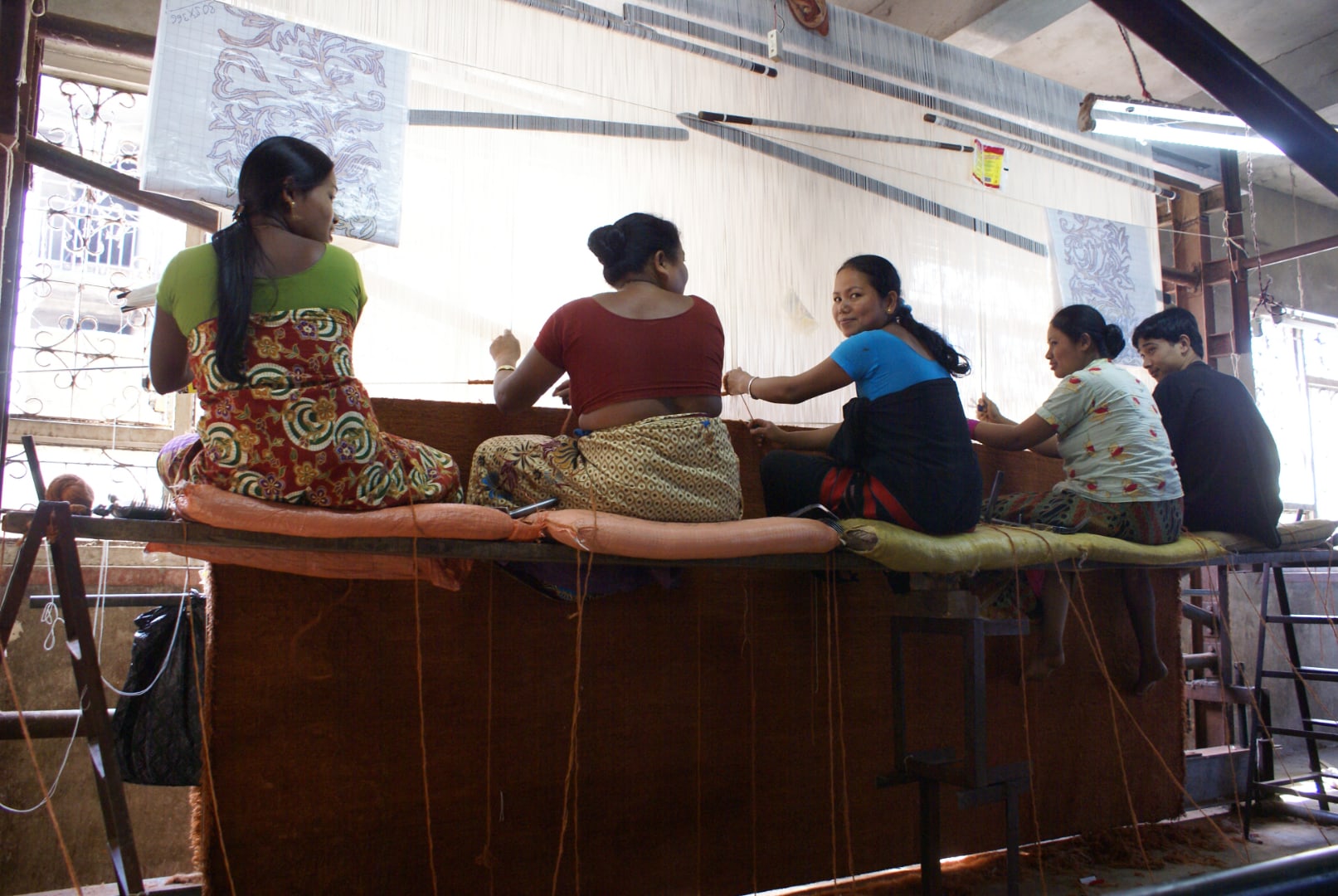
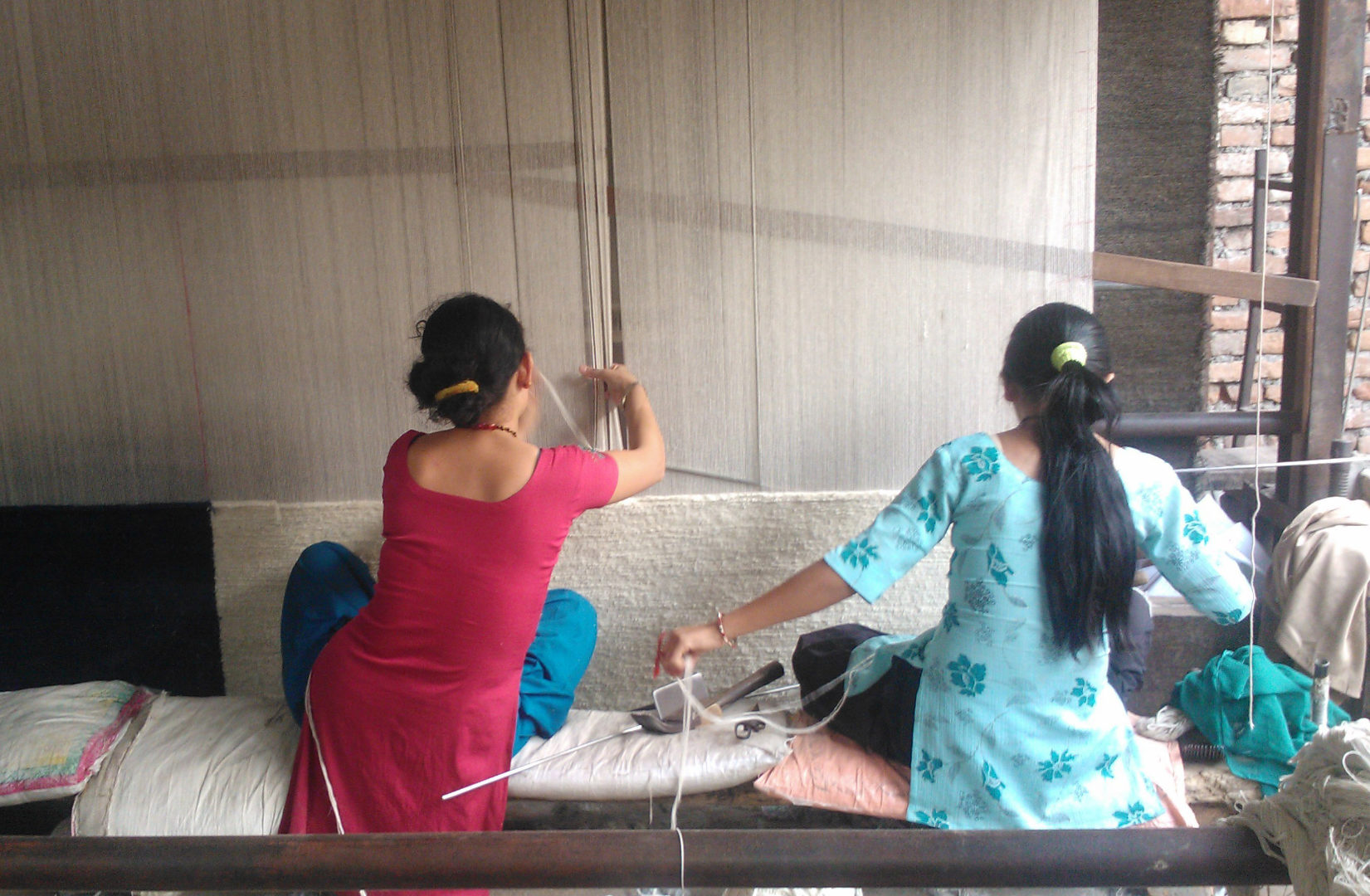
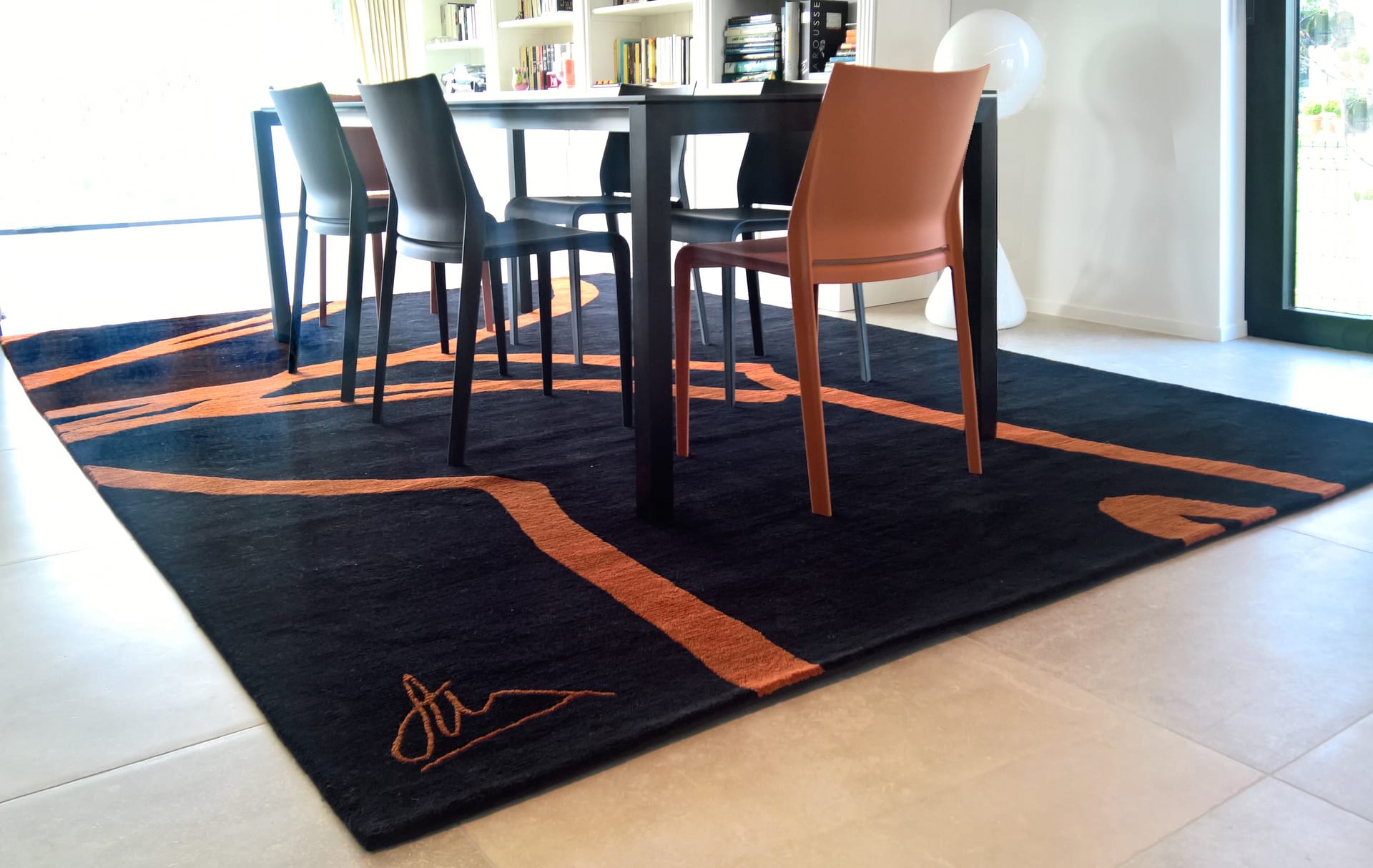
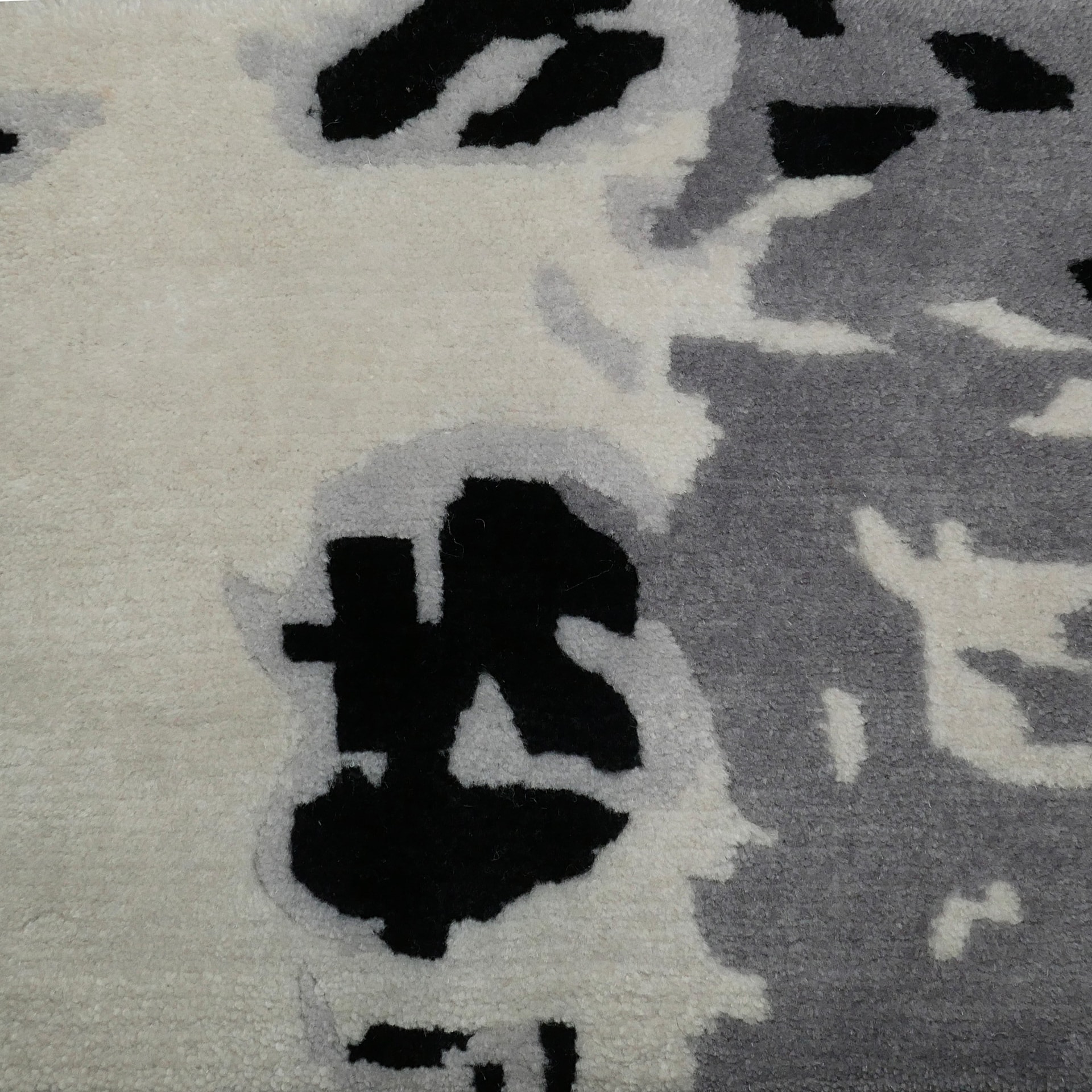
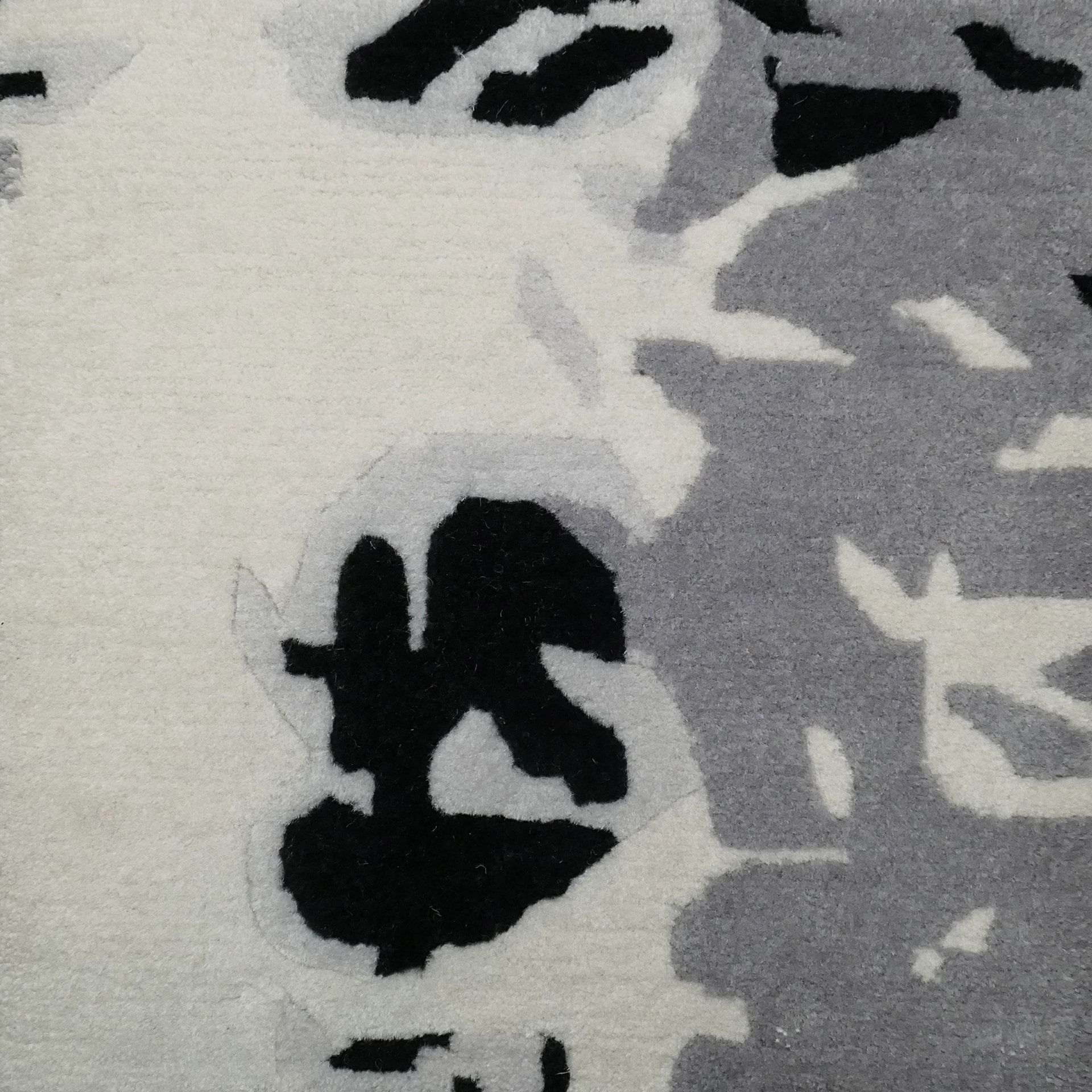

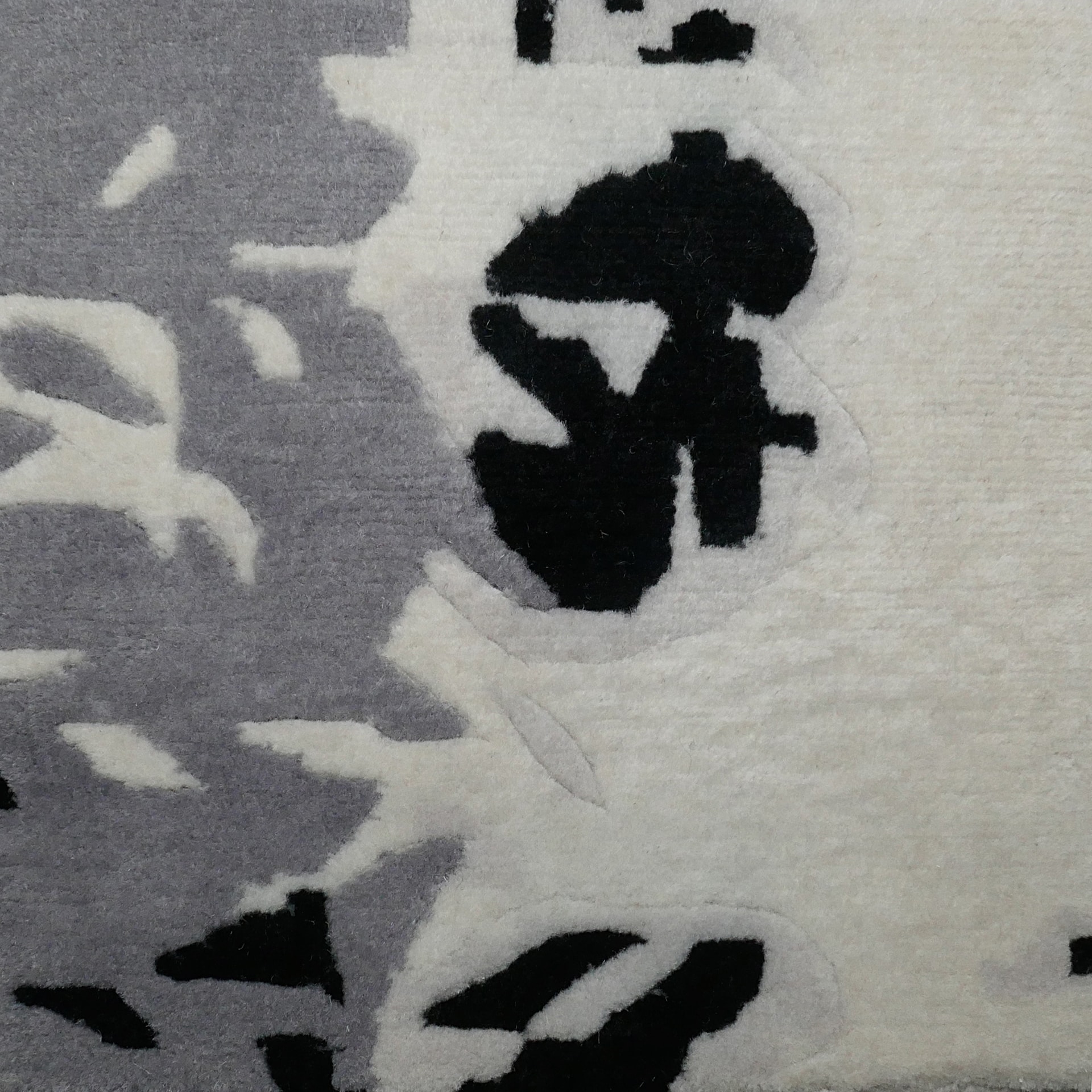

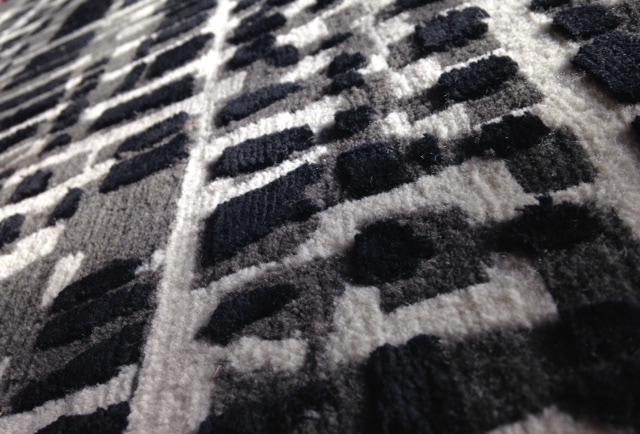
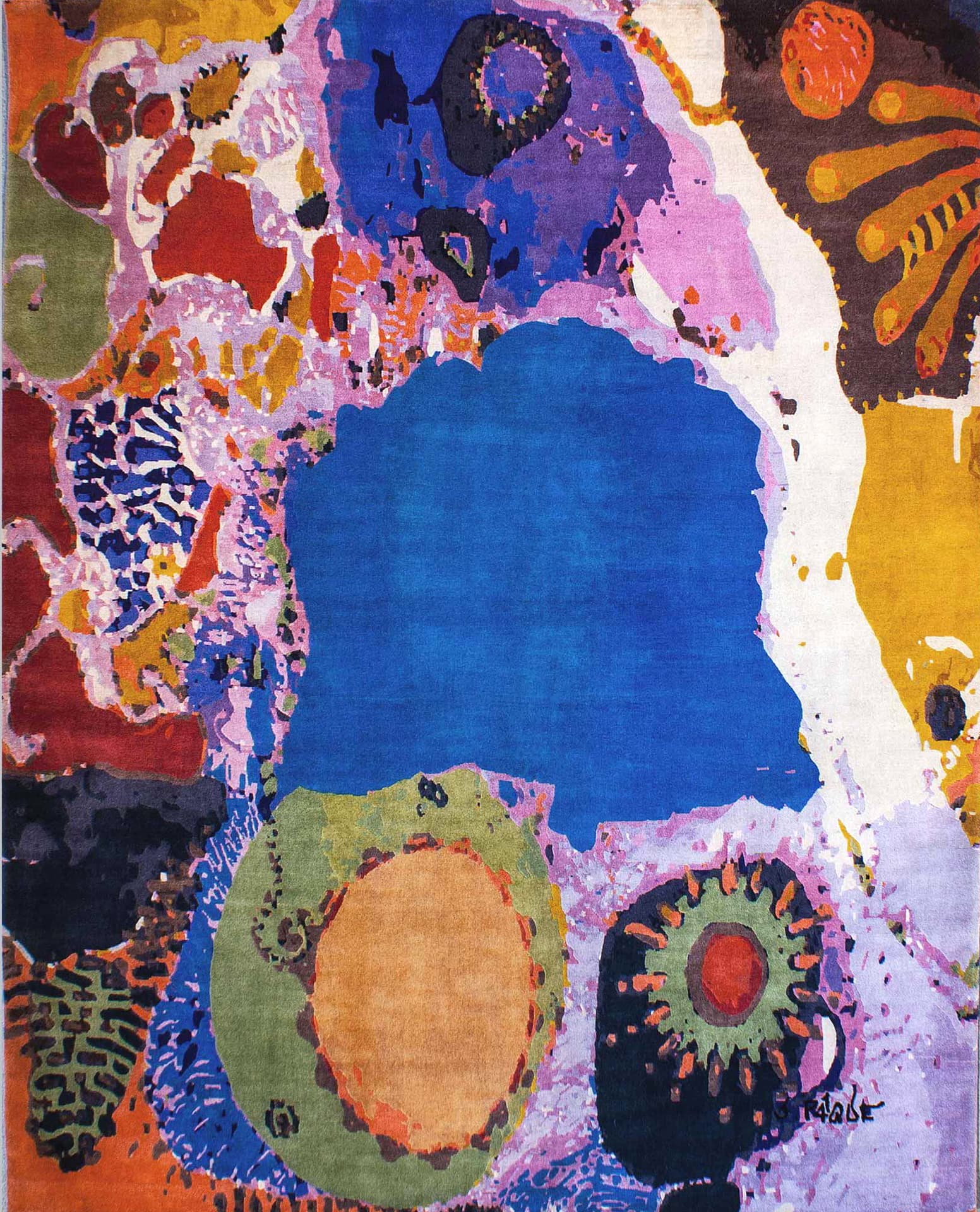
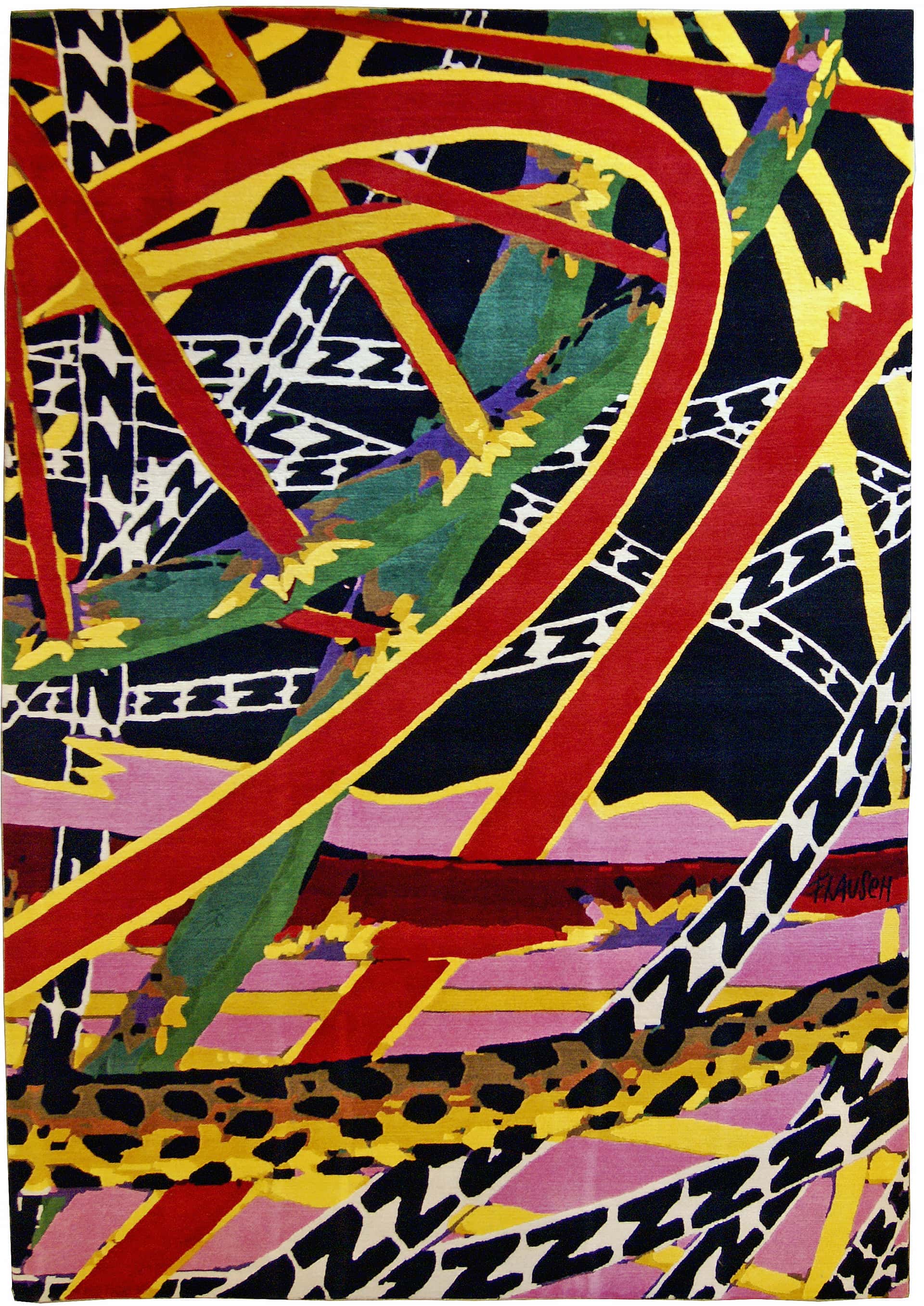

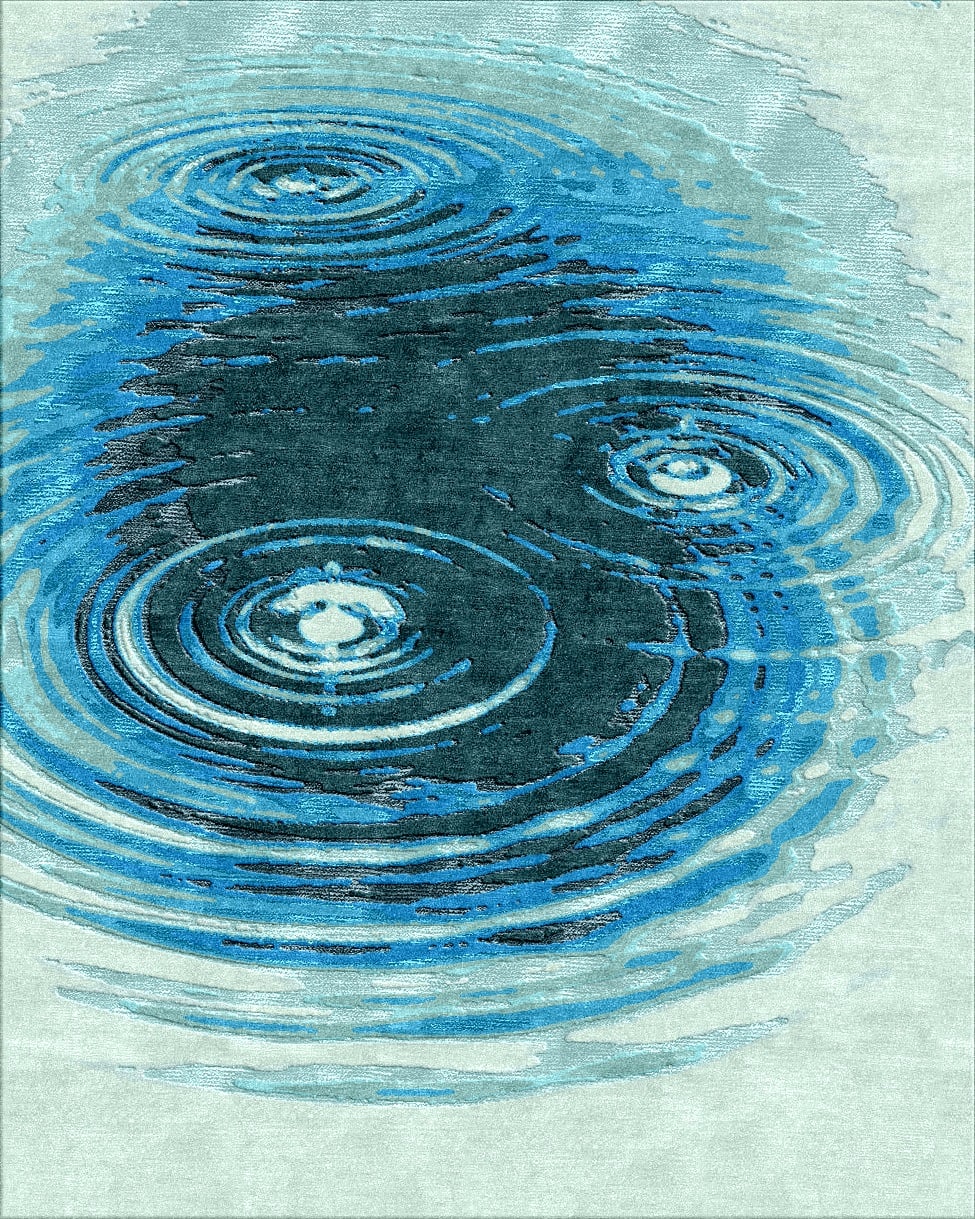

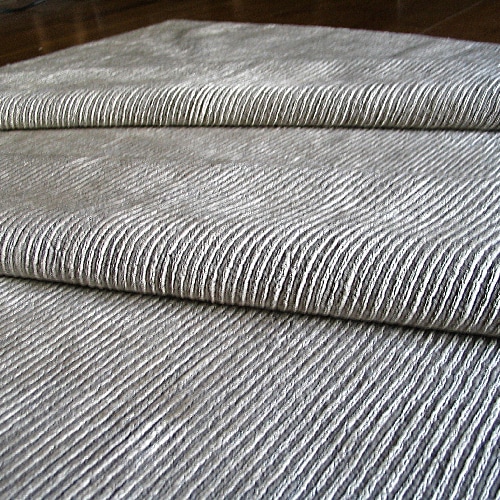
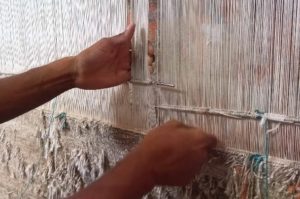
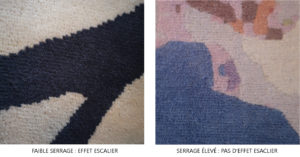 any colour changes, require a tight knot (minimum 100 knots) to avoid the “staircase” effect.
any colour changes, require a tight knot (minimum 100 knots) to avoid the “staircase” effect.